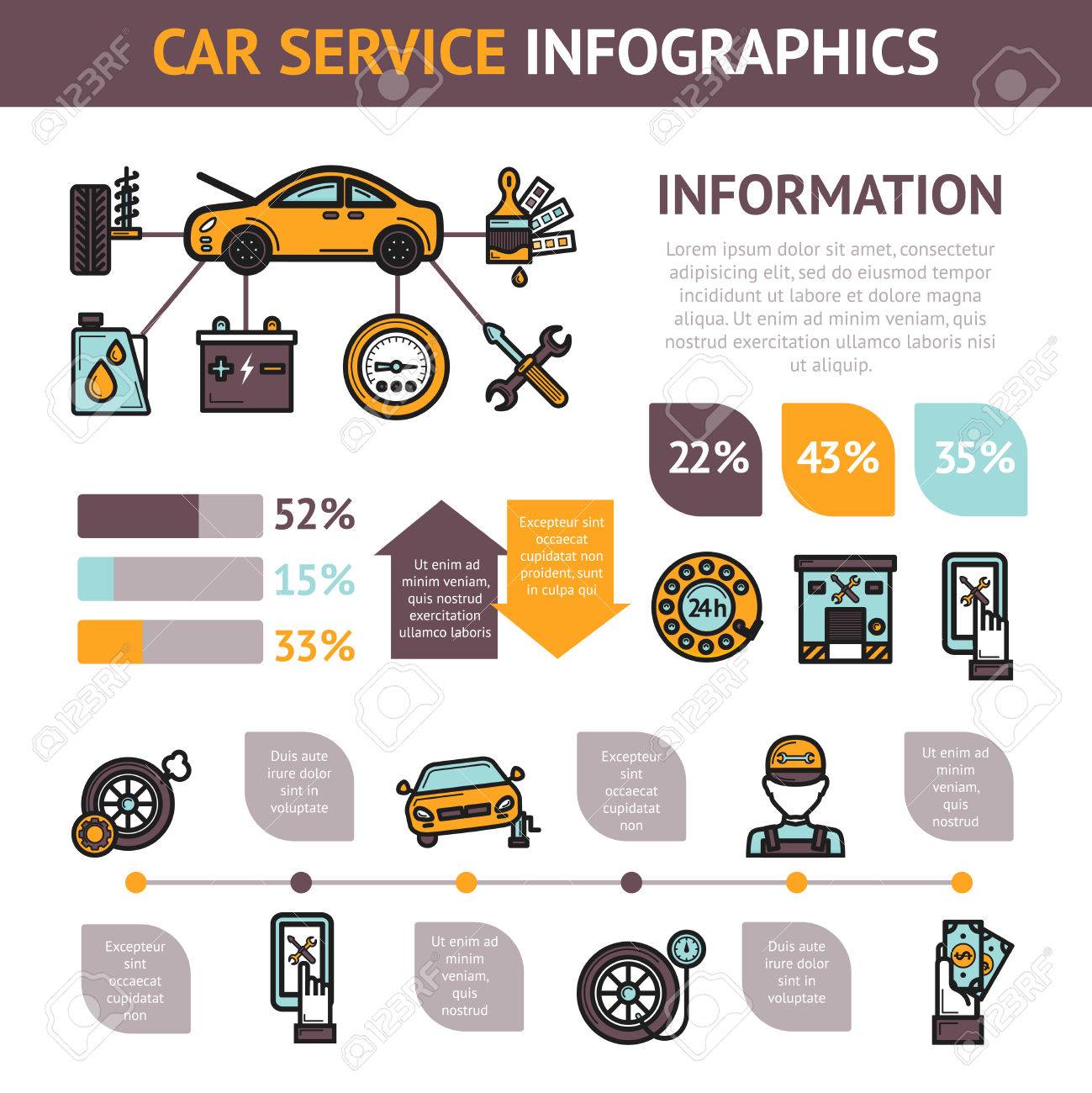Wondering About The Definition Behind Those Control Panel Caution Lights? Gain Insights Right Into Their Implications For Your Vehicle'S Safety And Security And Upkeep
Wondering About The Definition Behind Those Control Panel Caution Lights? Gain Insights Right Into Their Implications For Your Vehicle'S Safety And Security And Upkeep
Blog Article
Composed By-Boye Shepherd
When you lag the wheel, those glowing caution lights on your control panel can be a bit difficult. Do you recognize what they're trying to inform you about your cars and truck's health and wellness? Understanding the value of these lights is vital for your safety and the longevity of your vehicle. So, the following time one of those lights appears, would not you wish to analyze its message properly and take the needed steps to address it?
Common Warning Lights and Interpretations
Recognize common warning lights in your cars and truck and recognize their significances to ensure risk-free driving.
One of the most normal warning lights include the check engine light, which signals problems with the engine or discharges system. If this light begins, it's crucial to have your automobile inspected without delay.
https://www.denverpost.com/2022/05/06/firestone-downtown-denver-redevelopment/ cautioning light shows low oil pressure, calling for immediate interest to stop engine damages.
A blinking battery light may recommend a faulty charging system, potentially leaving you stranded if not addressed.
The tire stress tracking system (TPMS) light signals you to reduced tire pressure, affecting automobile stability and gas effectiveness. Neglecting this can lead to harmful driving conditions.
https://charliesnhbu.blog-mall.com/31775123/dental-braces-yourself-for-an-in-depth-exam-of-the-premier-car-repair-shops-that-promise-to-enhance-your-cars-and-truck-upkeep-methods suggests a problem with the anti-lock braking system, jeopardizing your capacity to stop promptly in emergency situations.
Lastly, the coolant temperature alerting light warns of engine getting too hot, which can result in extreme damage otherwise resolved swiftly.
Understanding these common warning lights will certainly assist you deal with issues quickly and keep secure driving problems.
Value of Prompt Focus
Understanding the common warning lights in your car is just the very first step; the significance of promptly addressing these cautions can not be emphasized sufficient to guarantee your safety and security when driving.
When a warning light brightens on your control panel, it's your automobile's method of interacting a possible concern that needs focus. Overlooking these cautions can cause much more serious troubles down the road, jeopardizing your safety and security and possibly costing you much more out of commission.
Trigger attention to cautioning lights can protect against break downs and accidents. For example, a flashing check engine light could show a misfire that, if left neglected, might trigger damage to the catalytic converter. Resolving this immediately can save you from an expensive repair work.
In a similar way, a brake system warning light may signify reduced brake fluid or worn brake pads, vital components for your safety and security when driving.
DIY Troubleshooting Tips
If you see a warning light on your dashboard, there are a few DIY troubleshooting suggestions you can try before looking for professional assistance.
The very first step is to consult your automobile's manual to comprehend what the specific warning light indicates. In some cases the concern can be as basic as a loose gas cap activating the check engine light. Tightening up the gas cap might settle the problem.
One more usual issue is a reduced battery, which can set off numerous advising lights. Inspecting the battery connections for corrosion and ensuring they're secure may fix the problem.
If a warning light persists, you can attempt resetting it by detaching the auto's battery for a couple of mins and after that reconnecting it. In nzfloatdetailing , examining your car's fluid levels, such as oil, coolant, and brake liquid, can help troubleshoot cautioning lights related to these systems.
Final thought
In conclusion, recognizing your automobile's caution lights is important for keeping your automobile running efficiently and safely. By quickly addressing these notifies and knowing what they indicate, you can prevent pricey fixings and possible break downs.
Remember to consult your car's manual for specific information on each warning light and act accordingly to make certain a hassle-free driving experience.
Stay notified, stay safe on the road!
